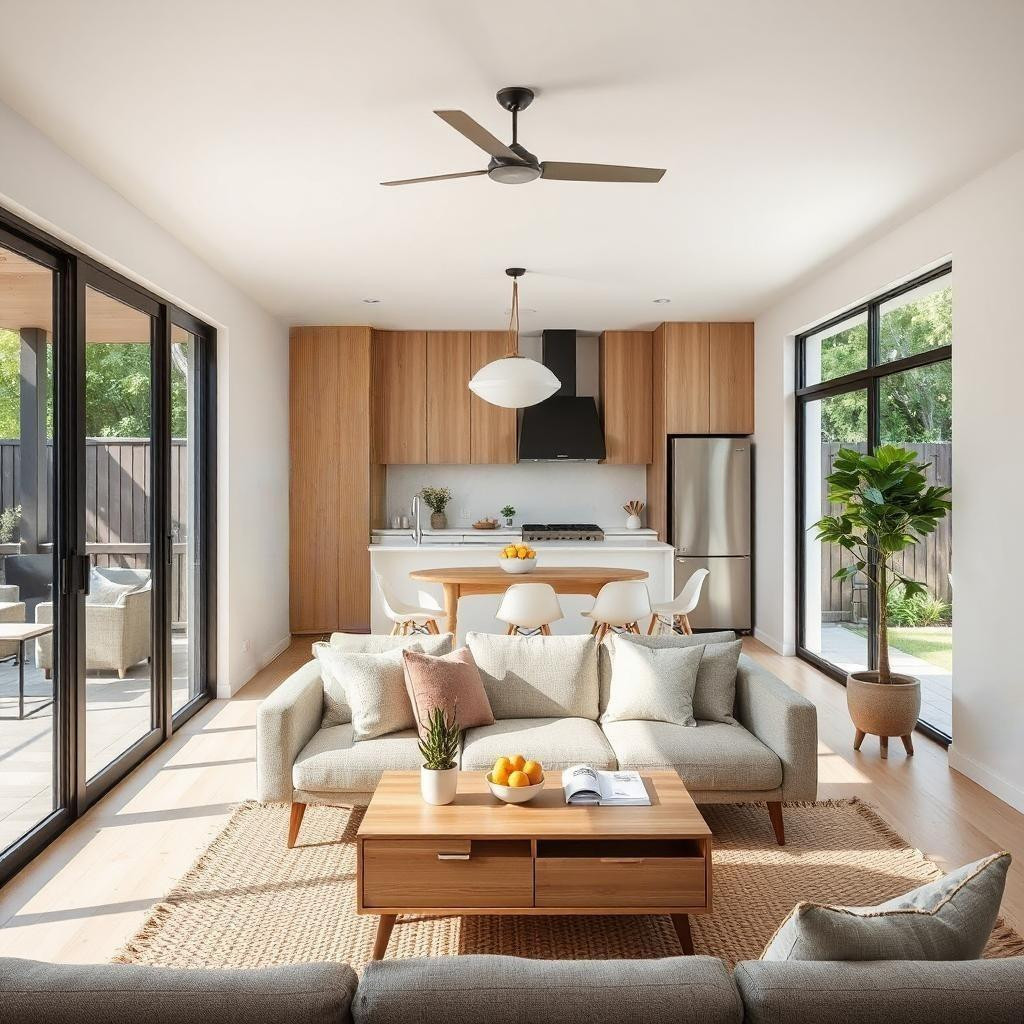Interior Design Tips: How best to display collections
Interior designer Donna White explains how to display precious mementos without them looking cluttered.

COLUMN Donna White
When I was in my early twenties I set off with my husband on our big OE. We were given important advice, including ‘do not ever leave your bags unattended’. A favourite older cousin, who was very widely travelled, gave me another piece of counsel I wanted to follow, but couldn’t. She said, ‘buy one big memento, not lots of little things.’ My quandary was how did I fit one big lacquered bowl in my backpack, when three little ones would? Of course I bought the three. The dilemma of how to display them could wait until I returned home.
People have a passion for collecting. It may be of memories of an overseas experience, precious photos, quirky or valuable objects. Unfortunately, collections are often stored, or placed haphazardly in a room. What should give pleasure is either hidden away, or if on display, seen by visitors as clutter. To enjoy your collections, they should be on display. But how do you display?
Collections can be displayed on walls, tabletops, shelves, mantelpieces and cabinets. The rule that applies to any collection on any surface is it must tell a visual story.
In all displays, there should be a focal point, a theme, a hint of connection. The largest vase, the rarest art, or the brightest photo, is the principal piece and takes centre stage. This is because the eye rests in the middle of any grouping. Look for a variety of texture, shape, height and depth in the supporting pieces and place them at the top, the very bottom, or the far edges.
Examples of themes include collections based on a single material, such as silver, or glass; or a single colour; or a common shape; or objects made by the same company or artist etc. If all the items in a display are different, look for a common thread. The hint of connection could be colour, shape or texture.
A blank wall is a welcoming canvas and almost anything can be arranged on, or against it. The choice is whether to display one huge thing – for instance a large painting – or many things. To catch the eye, it is the simplest, least fussy display that will have impact.
Impact can be achieved by displaying both large and small collections in a grid-like pattern. For example, four small paintings by the same artist spread around four different walls will be lost. However, if they are framed identically, and placed in a grid on one wall, they will become a focal point. A collection of framed pieces bought together over time, from different places, and in a variety of frames and hung in an orderly way on one wall will also catch the eye. Floor to ceiling shelving will bring order to a large collection of objects.
On a tabletop place the most important object near the centre, or at the top of the table. Then arrange the remainder of the display in order of diminishing importance. On a round table arrange smaller objects around the large ones.
A large object requires its own space. Let it breathe. On the other hand, smaller objects require the company of other similar objects to give them impact. Small ornaments displayed on various tabletops scattered around a room are effectively lost in space. Place small trinkets on a tray and your attention will immediately focus on the mass collection.
When there is a single object that is not large enough to take up a wall, but is important enough to have attention lavished on it, place it on a pedestal or an easel. Cabinets are perfect to display collections you want to look at, but don’t want to endanger.
I often wish I had bought one big feature piece as a memory of my backpacking days, but I didn’t. Instead I have three little lacquer boxes, which I display in a group. When I look at them they remind me of my wonderful OE experience, and that is what it is all about.
To best display a collection:
- Have a focal point for any collection
- Choose a theme or connection between the objects
- The simplest displays often have the most impact
- Give large objects space; give small objects company
- Group framed pieces in an orderly way
#### You might be interested in reading: Sustainable home design: Q&A.
 This article by Donna White featured on page 28 of Issue 008 of Renovate Magazine. Renovate Magazine is an easy to use resource providing fresh inspiration and motivation at every turn of the page.
This article by Donna White featured on page 28 of Issue 008 of Renovate Magazine. Renovate Magazine is an easy to use resource providing fresh inspiration and motivation at every turn of the page.
### Get in touch with Refresh to discuss your home renovation project If you would like to discuss options for your home renovation project, please use the enquiry form on this page to provide us with your contact details. We will get in touch with you at a time that suits you to discuss your project. If you would like to provide us with more information about your project, we have a more comprehensive enquiry form on our "Get in touch" page too. *All information is believed to be true at time of publishing and is subject to change.
Read Next
All Refresh Renovations franchises are independently owned and operated.
Processing...
Reno now,
pay later.
Talk to us about finance options

Talk to a renovation consultant today
If you would like to find out how Refresh Renovations can support you with a high quality, efficient home renovation, get in touch today. Your local Refresh Renovations consultant will be happy to meet with you for a free, no obligations consultation.



.jpg)
